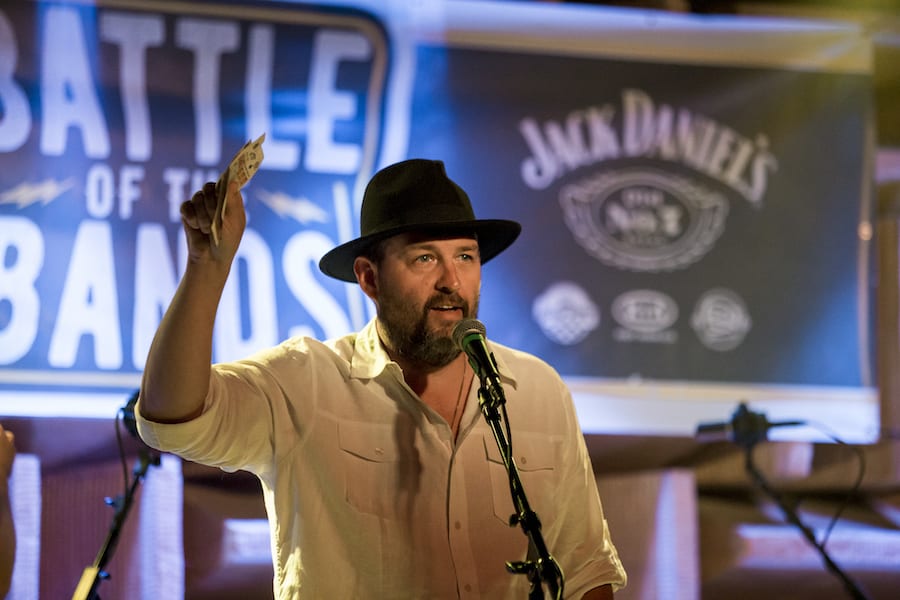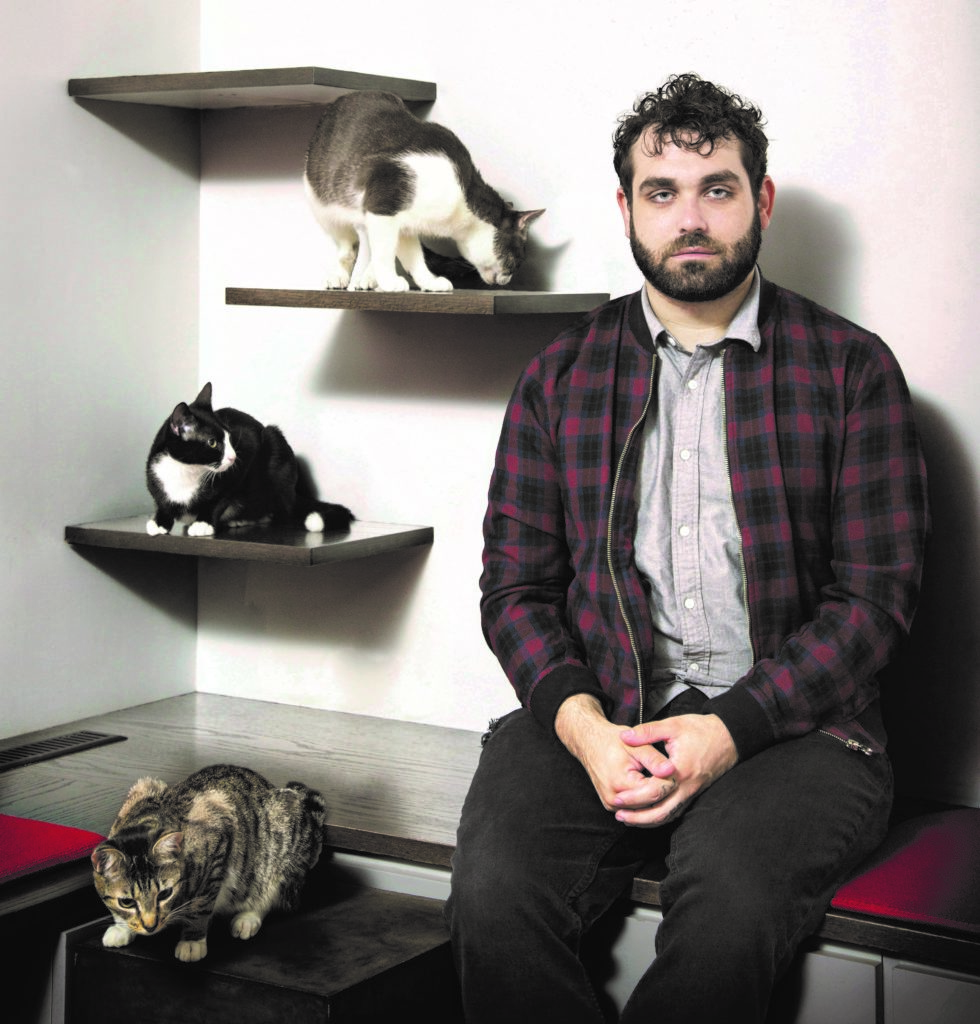
Blair Garner and The Mulehouse: 7 Tips for Reopening Venues After COVID
7 Tips for Reopening Venues After COVID
Blair Garner, a highly regarded radio host from Texas, decided that early 2020 was an excellent time to start working on an ambitious venue project in Columbia, Tennessee. Then, the pandemic happened and forced The Mulehouse to reinvent itself before opening it to the public. How did Garner and his team go through the challenges owners face when reopening venues after COVID?
He shares his advice in a candid conversation with Juan Torres, vice president at Prism. You can listen to the interview in full by clicking here.
Here’s a breakdown of 7 actionable tips from Garner and his experience with The Mulehouse, set to officially open its doors in Spring 2021.
Tip #1: Have an Optimistic Mindset
“As an independent venue owner, this has been a very long, arduous road,” Garner said. However, he believes an optimistic mindset is the first thing owners need to make the right decisions before reopening.
Garner predicts venues will soon begin coming back to life after people feel more enthusiastic and more comfortable around each other and after authorities start easing or lifting restrictions. Crowds will start looking for entertainment and connection again, and venues must be ready to welcome everyone.
If you look for “a light at the end of the tunnel” when reopening venues after COVID, it will be easier for you to take the proper steps.
Tip #2: Leverage the Power of Networking
Blair Garner was a radio host for two decades. During this period of his career, he connected with celebrities of all different profiles, and this, he says, allowed him to establish meaningful relationships with many of them.
“Some of those relationships are now helping us very much in this (venue management) world as we embark on The Mulehouse,” Garner says.
His vision is to open a place where the audience knows more about the artist than just the music and the lyrics. He wants people to leave the event with a true sense of who this performer is in other facets of their lives. In a way, Garner is setting up a venue where both the crowd and the artist can recognize each other’s existence, which doesn’t usually happen in more traditional concert settings.
Now is the time for you to strengthen your artist network, especially with those who are compatible with your venue goer’s likes and preferences. This will enable you to establish valuable connections, keeping in mind that everyone in the music industry craves pre-pandemic closeness levels.
Related: Interview with EXIT/IN Nashville on Thriving and Surviving During COVID
Tip #3: Craft a Venue That Tells a Story
The Mulehouse lives inside an antique building located in Columbia, Tennessee, a history-rich city. “We are the ancestral home to our 11th President James K. Polk, and it’s a very Norman Rockwell-esque kind of town,” says Garner.
The venue was formerly a church. Local architectural regulations don’t allow for significant exterior renovations, but instead of considering this a limitation, this is a part of the story the place has to tell.
Not all venues, of course, have the same characteristics The Mulehouse has. But there are always bits and pieces of its origins, design, and history that can bring the community together around the shows.
Reopening venues after COVID is an opportunity to resignify your location’s footprint in the neighborhood. Take the time to write your venue’s story and bring it closer to your audiences now that you are ready to open your doors again.
Tip #4: Be Ready to Make Courageous Decisions
The pandemic meant closed doors and zero or very little revenue for live venue owners and managers. However, Garner believes those times of disappointment should bring out a disruptive, courageous spirit that can lead the way for innovative decisions.
“Social distancing? I mean, could there be two words more involved with what we all do? (…) I think what we quickly realized was that there was an opportunity. You have to make a hard pivot internally and emotionally to say: ‘I’ve got to look for the opportunity and look for the open window.’ And for us, right at that moment, that open window had to do with live streaming.”
The Mulehouse had a small live-streaming-related revenue line before COVID-19, but they didn’t anticipate they had to activate it so soon. The pandemic eased the process of educating the audience about consuming live music online. That’s when the venue leveraged the desire of people to enjoy the music they liked by launching an online concert series.
What are those hard pivots you’d need to make so reopening your venue after COVID becomes a more straightforward process?
Tip #5: Recognize These are Transition Times
As much as people everywhere are craving to return to the pre-pandemic normal, venues must recognize the world will be transitioning for a few more months before there is a sense of normalcy. Even then, we are likely to keep remnants of our COVID protocols.
In that sense, Garner shares that live-streaming will continue to play a significant role in The Mulehouse. Their venue remodeling process also included outdoor areas and welcoming and ample indoor spaces to enable social distancing.
Check on your local rules and regulations and make the necessary remodeling, purchases, and adjustments, so your venue is flexible and ready to face upcoming changes. Remember that even though restrictions may lift, some of your guests will still want health safety options.
Tip #6: Put Together a Stellar Team
Reopening venues after COVID doesn’t only require the effort of the owners or managers. The whole industry needs to come together to create safe, enjoyable, and beautiful spaces for the crowds and artists to return.
In this sense, Garner reached out to the best of the best in sound design, lighting design, live streaming companies, marketing, and customer service, among others.
Seek local providers and teammates who excel at their craft and who can help you manage the process of reopening your venue seamlessly.
Related: How Z2 Entertainment Transitioned their Business to Prism
Tip #7: Get the Best Tool to Organize it All
The ambitious venture of reopening a venue after COVID requires a top project-management tool. From budgeting and scheduling to bookings and sales, automate as much as you can. Venue owners and managers can go the Excel spreadsheet and Google Calendar route or consolidate it all on a single tool to let them keep track of data, communicate with internal and external teams, and keep deadlines on track.
Venue owners must see the big picture of an executable plan that keeps everybody’s focus together. Which tool has the features to let you answer these questions Garner shares: “Where do you want to go? What do you want your venue to accomplish? What do you want your promoter, company, booking company to accomplish? And who can you align with to make that happen?”
Prism was born with the live music industry’s needs in mind, and it prides itself on being The Mulehouse and Blair Garner’s project management weapon of choice. Just like many venue owners, managers, and producers, Prism experienced the pandemic challenges of the business and knows what the pain points are to make your reopening experience an easier one. Schedule a demo now to see for yourself.



